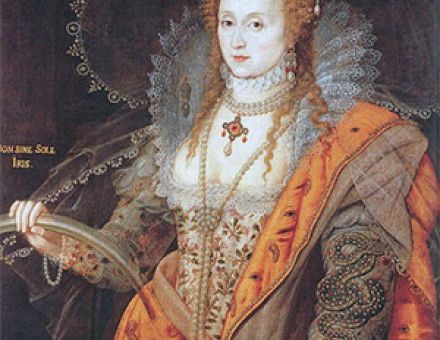General Oglethorpe
James Edward Oglethorpe obtained a charter for the founding of Georgia in 1732. Courtney Dainton describes how the English social reformer spent three terms as chief administrator of the colony and lived long enough to see American independence.




